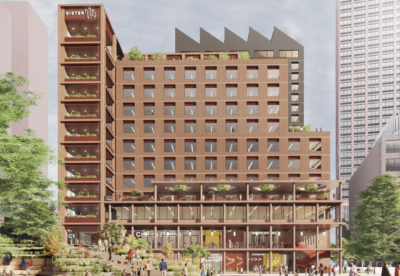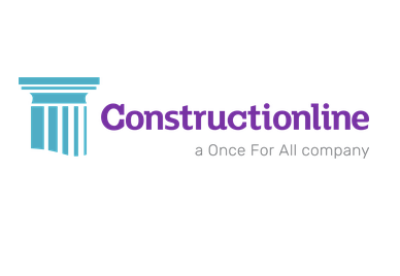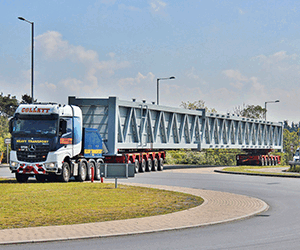According to a TfL study Crossrail 2 project costs could be kept down to around £20bn, including new trains, if the project remained a stand alone rail scheme under London.
The report compiled by PwC believes that over half the cost of the scheme could be met by London using existing funding mechanisms.
Crossrail 2 would also unlock large areas of outer London and the Upper Lea Valley for sustainable new homes, supporting up to 200,000 new homes along the route.
Project options: Crossrail 2 / Crossrail 2 lite
The Chancellor of the Exchequer, George Osborne, said: “Our long term economic plan for London involves preparing now for the infrastructure our capital might need in the future.
“That’s why I’ve said we should look at the case for Crossrail 2. This PwC report is a useful contribution to that work.”
Funding could be raised through existing mechanisms such as retaining the council tax contribution arrangements that were introduced to help fund the 2012 Olympic Games as well as potentially increasing the Mayoral CIL.
Funding from property related developments and from land owners adjacent to the line could also be part of the mix of contributions.
This type of arrangement would mean that those who will benefit most from the scheme would contribute a fair share towards it.
The study estimates that the total cost of a full networked Crossrail scheme would be around £27bn.
This includes new rolling stock and a variety of additional railway works to deliver the full ‘regional’ route option to connect the scheme to existing National Rail lines to the north and south west of London.
The new rail line would create additional capacity, transporting up to 90,000 people in the morning peak, and relieve congestion across the existing rail network including at Waterloo by diverting services into a new tunnel under London.
Mayor of London, Boris Johnson, said: “Crossrail 2 is an essential infrastructure project and this report shows the range of financing initiatives we could employ to get it moving.
“We’ll now be discussing those financing options closely with London’s boroughs, business groups and other key players who have a stake in getting behind Crossrail 2.”
TfL and Network Rail will also be considering the suggestions made in the London First report published in February as well as continuing to review funding mechanisms used for other major infrastructure projects.
TfL is working with Network Rail and will continue to assess the costs as plans for Crossrail 2 develop, with the aim of identifying efficiencies and bringing the costs down.
The aim is for Crossrail 2 to be operational by 2030.






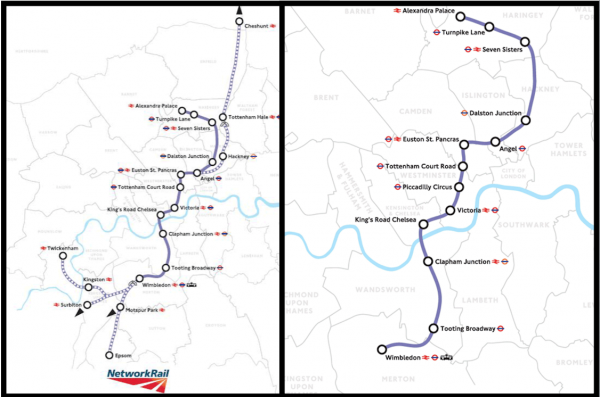




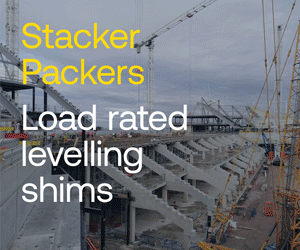





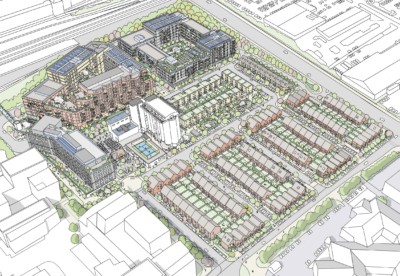



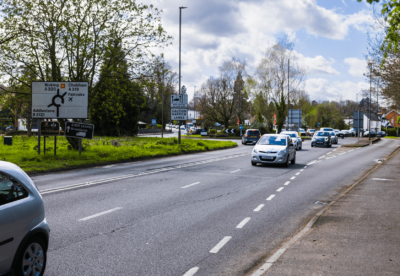

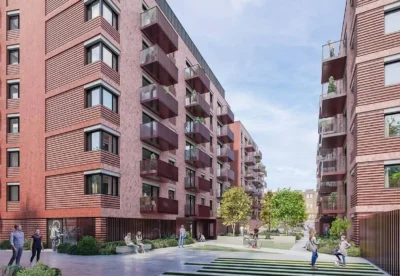
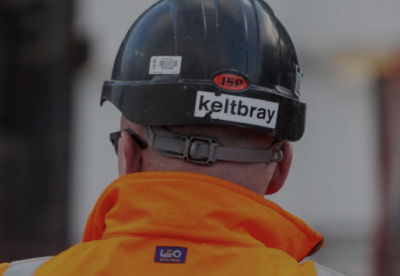
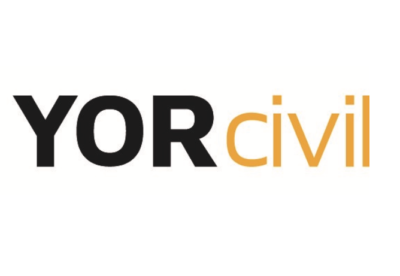

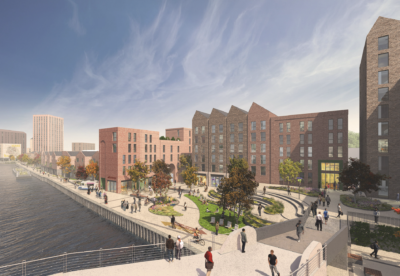

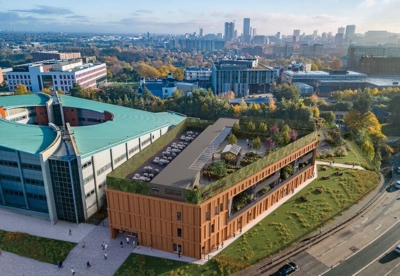
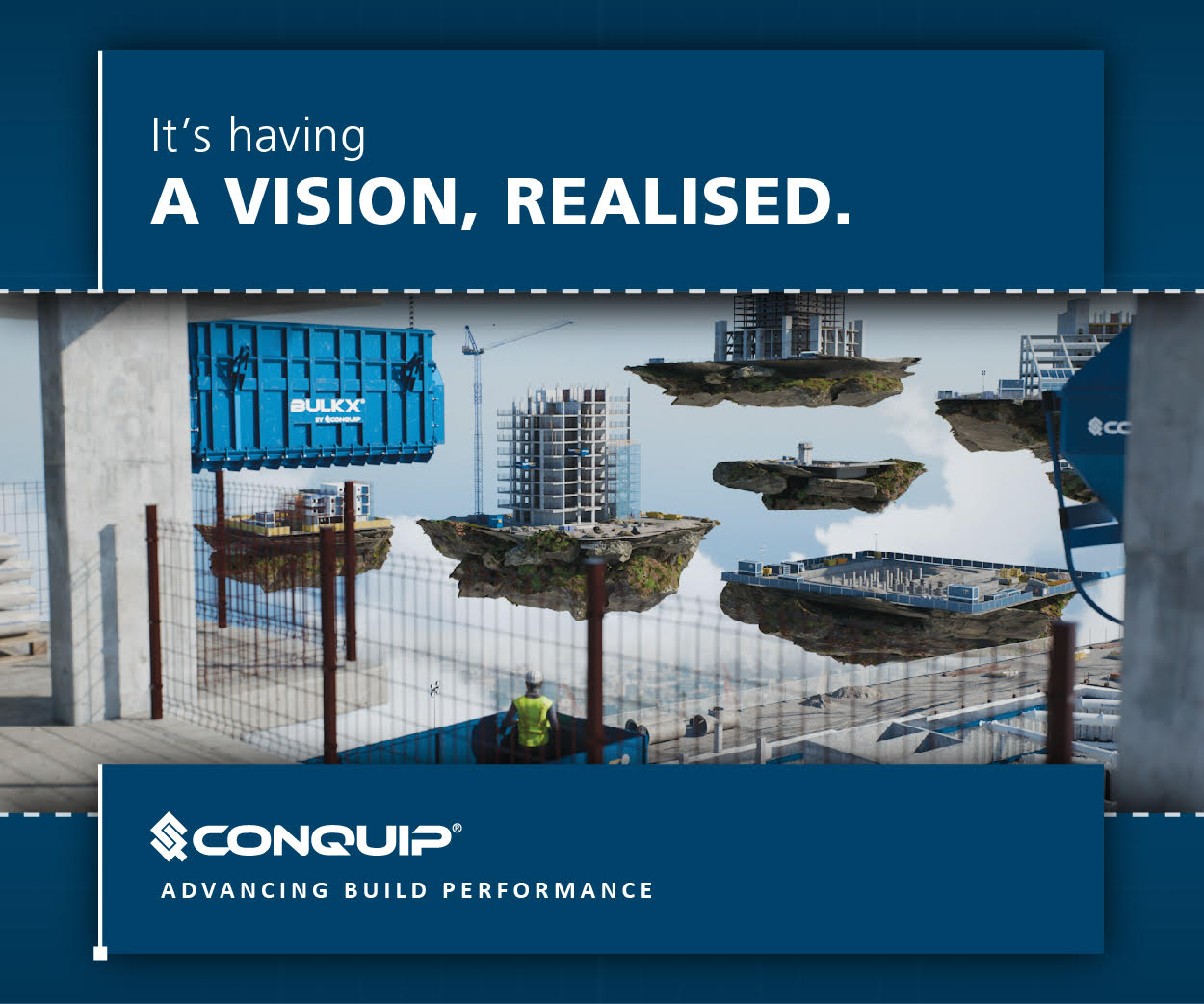







.gif)
